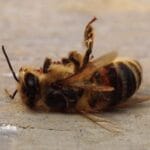Scientists are known for pushing boundaries, but some experiments involving animals have been outright bizarre. From enhancing understanding to sparking debate on ethics, these studies offer a glimpse into the eccentric side of scientific inquiry. Here are ten of the most outlandish experiments ever conducted on animals.
The Scientist Who Ate a Shrew
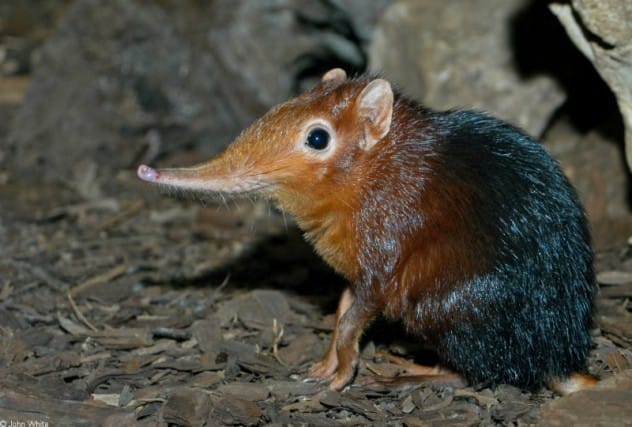
In 1994, anthropologists Brian D Crandall and Peter W Stahl took scientific curiosity to a new level. One of them swallowed a lightly boiled northern short-tailed shrew whole, without chewing. The purpose? To analyze the effects of human digestion on the shrew’s skeleton.
Afterward, they meticulously examined the remains. They discovered that the digestive process had significantly damaged the shrew’s bones. Key parts like a major jawbone and most vertebrae were missing. This experiment highlighted the powerful impact of stomach acids and digestive processes on bone structure [1].
Playing Hide-and-Seek with Rats

Rats aren’t just pests; they also enjoy a good game of hide-and-seek! In 2019, neuroscientists at Humboldt University in Berlin designed a playroom for adolescent rats to explore this behavior. The rats quickly learned to play, developing strategies to evade and find their human partners.
The rats were rewarded with tickles and positive physical contact, which they seemed to enjoy immensely. When caught, the rats often emitted ultrasonic giggles and jumped with joy. This silly experiment showed that play behavior is crucial for cognitive development in rats [2].
Magnetized Cockroaches
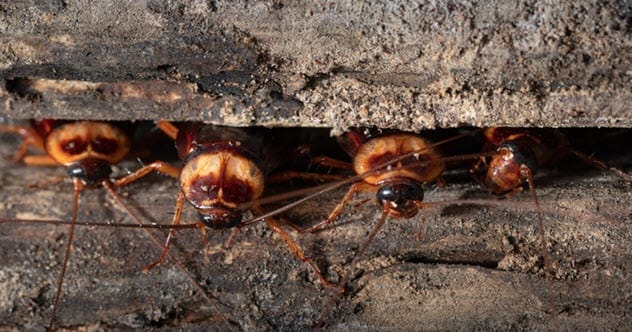
Cockroaches have magnetic properties that scientists are exploring. Researchers at Nanyang Technological University in Singapore exposed cockroaches to a magnetic field. Astonishingly, the insects swiftly became magnetized.
However, this state wasn’t permanent. Once removed from the magnetic field, their magnetism faded. The study found that the decay rate of magnetism differed significantly between living and dead cockroaches. Dead cockroaches took much longer to demagnetize due to the increased viscosity of their internal fluids, revealing more about the unique biophysics of these resilient creatures [3].
Alligators on Helium
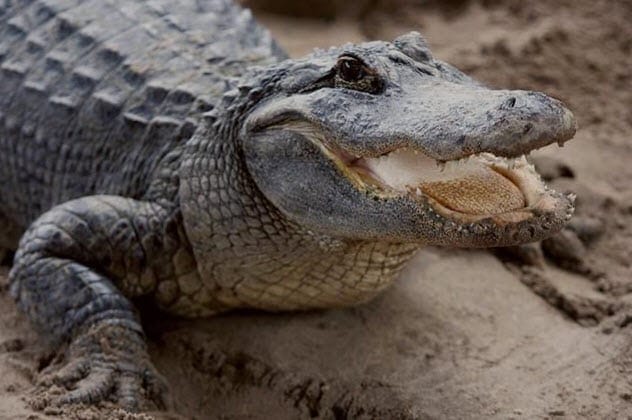
What happens when an alligator inhales helium? Biologists at the University of Vienna sought to find out, aiming to understand the reptiles’ communication methods. Like humans, helium alters an alligator’s vocalizations.
When researchers filled a tank with heliox (helium and oxygen mix) and had an alligator bellow, they found the frequency of the bellows increased. This suggests alligators, like birds and humans, use vocal tract resonance to communicate. It also opens insights into how dinosaurs might have communicated [4].
Songbirds on Drugs Sing “Free-Form Jazz”
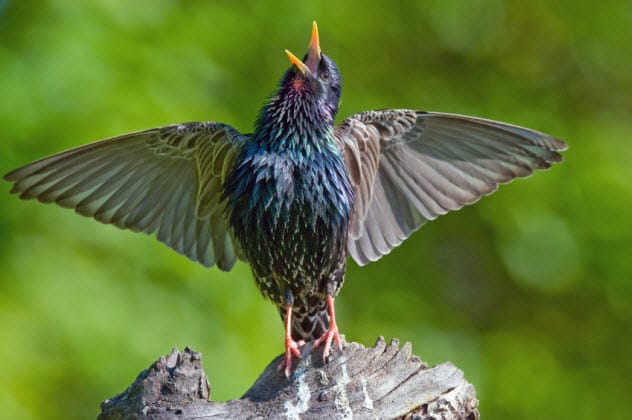
Researchers at the University of Wisconsin, Madison, explored how drugs affect birds. They gave European starlings a small dose of fentanyl, an opioid that induces euphoria. The result? The starlings began singing what researchers described as “free-form jazz.”
This experiment suggests that the birds were expressing a positive state similar to the joy they experience in flocks. The study showed that opioid-induced euphoria could stimulate gregarious singing, indicating it’s a rewarding behavior [5].
Vibrating Live Earthworms
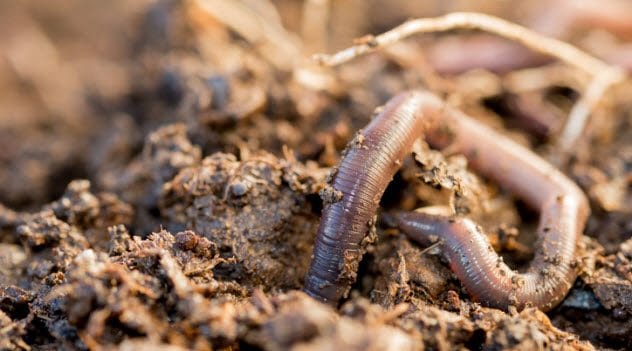
In Melbourne, scientists vibrated earthworms using a loudspeaker, connecting the research to potential advancements in neurotechnology. The researchers sedated the worms with alcohol and placed them on a loudspeaker, monitoring the effects of the vibrations.
The vibrations created Faraday waves on the worms’ bodies. The scientists believe this study could contribute to developing safe, non-invasive methods to connect the human brain to computers. The experiment could impact how brain-computer interfaces are designed [6].
Chicken Walks Like a Dinosaur
A team of scientists in Chile placed a plunger on a chicken’s rear to study dinosaur locomotion. By attaching an artificial tail, they altered the chicken’s center of gravity, mimicking the posture of therapods dinosaurs.
The experiment was successful, with the chicken moving in a manner resembling a dinosaur. This innovative approach helped researchers understand how dinosaurs might have moved, given their evolutionary link to modern birds [7].
Monkey with a Mind Control Robot Arm
In 2008, scientists at the University of Pittsburgh showed a monkey controlling a robotic arm with its mind. The monkey used an advanced brain implant to control the arm and feed itself marshmallows.
Electrodes were implanted in the monkey’s motor cortex, translating brain signals into commands for the robotic arm. This groundbreaking work has paved the way for prosthetic limbs that help paralyzed individuals live more independently [8].
Drugged Spiders Weave Odd Webs

In 1995, NASA studied the impact of various drugs on spider web patterns. Spiders were given marijuana, caffeine, and amphetamine, and their web-spinning was closely observed.
Spiders exposed to the most toxic substances spun the most misshapen webs. The marijuana-influenced spider started well but lost interest, while the amphetamine spider spun energetically but with a lack of order. The caffeine spider produced a web resembling a spiral mandala, illustrating each drug’s unique effect on behavior [9].
The Sex Life of Rats Wearing Different Pants
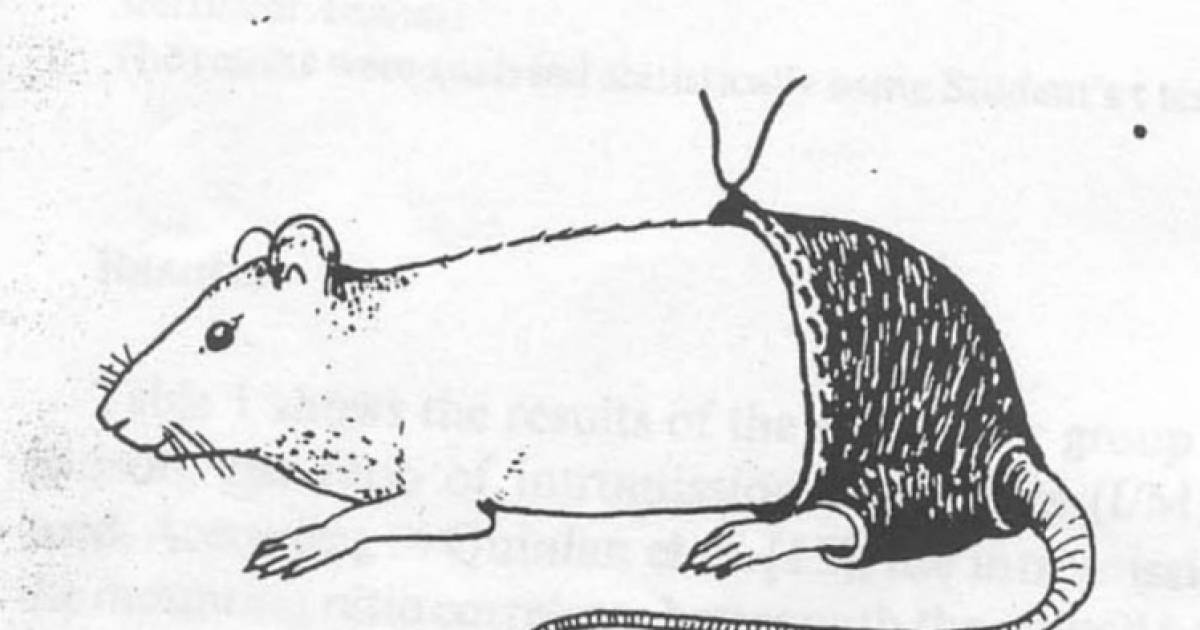
In the 1990s, Egyptian scientist Ahmed Shafik dressed rats in different pants to study their impact on the rats’ sex lives. Over a year, 75 rats wore pants made of cotton, wool, polyester, or poly-cotton blends.
The rats in cotton or wool pants were more successful romantically than those in polyester or poly-cotton. Shafik believed the polyester created electrostatic fields that reduced sexual activity. Others suggest it might just be harder to attract a mate while wearing odd clothing [10].
Conclusion
These outlandish science experiments on animals range from the disgustingly curious to the profoundly innovative. While some experiments, like eating a shrew, highlight the eccentric lengths scientists will go to for research, others have led to significant advancements in fields like neurotechnology and prosthetics. These studies show the boundless curiosity and sometimes bizarre paths researchers take in the name of science.
What do you think about these experiments? Leave your comment below!





